Explore Nikko - Japan Travel, Asia
Nestled in the mountains of Tochigi Prefecture, Nikko offers a captivating blend of ancient history, stunning landscapes, and rich cultural traditions. Just a couple of hours north of Tokyo, Nikko is a must-visit destination for those looking to step into the heart of Japan’s spiritual and natural beauty. Known for its UNESCO World Heritage Sites, including the magnificent Toshogu Shrine, this city is equally famous for its breathtaking waterfalls, serene lakes, and hot springs. So get ready to embark on a journey through centuries of history, stunning vistas, and unforgettable experiences!
Dreaming of Japan? Find your ideal tour among our premium selections here for a trip you won’t forget.
Population: Approximately 77,000 in 2021.
Economy: Nikko's economy focuses on tourism, with visitors drawn to its historic sites, natural beauty, and hot springs. Local industries include traditional crafts, agriculture, and hospitality services.
Landmarks: Famous for the Toshogu Shrine, Lake Chuzenji, and the Yumoto Onsen.
Japan
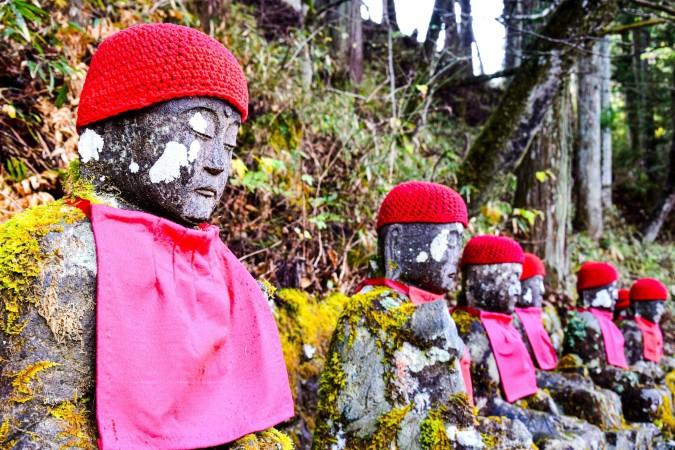
Overview of Nikko
History & Culture Influence
Nikko's historical and cultural significance stretches back over a thousand years, making it a sacred destination for pilgrims and travelers alike. Its most iconic landmark, the Toshogu Shrine, along with Rinno-ji Temple and Futarasan Shrine, form the core of the Nikko UNESCO World Heritage Site, celebrated for their intricate architecture and historical importance. Nikko’s architecture is a striking mix of Shinto and Buddhist traditions. Visitors are encouraged to observe traditional rituals, such as cleansing at the water basins and offering prayers, providing a deeper connection to Japan’s religious customs.
Interaction with the Locals
Nikko's residents are known for their warm hospitality and deep connection to their cultural heritage. Many locals take pride in preserving Nikko's historical landmarks and traditions, offering visitors an authentic experience of Japanese culture. The community is a mix of both long-time residents and those drawn to the area for its natural beauty and tranquil lifestyle. Locals are often involved in tourism, agriculture, and traditional crafts, contributing to the region's economy and cultural vibrancy.
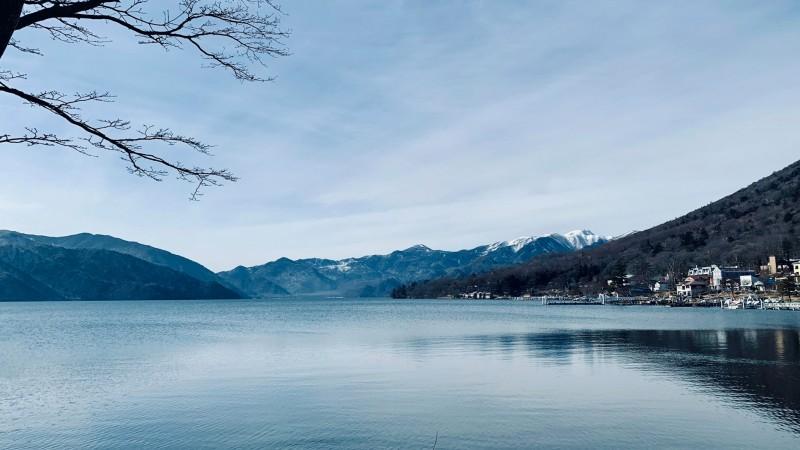
Lake Chuzenji - © Yusheng Deng
Top Attractions in Nikko
Nikko’s attractions offer a perfect blend of historical landmarks and natural wonders, whether you're visiting to explore sacred sites or to immerse yourself in Nikko's natural beauty.
Toshogu Shrine
Arguably Nikko’s most famous attraction, Toshogu Shrine is a stunning display of Edo-period architecture, built to honor Tokugawa Ieyasu. The ornate carvings, intricate designs, and vibrant colors make it a must-see site on any trip to Nikko. The well-known "Sleeping Cat" carving and the Three Wise Monkeys, who represent the maxim "see no evil, hear no evil, speak no evil," are among the highlights.
Lake Chuzenji
For nature lovers, Lake Chuzenji offers serene waters surrounded by mountain views. Formed from a volcanic eruption over 20,000 years ago, this pristine lake is perfect for boating, hiking, or simply taking in the scenic beauty. Nearby, the breathtaking Kegon Falls, one of Japan's three most famous waterfalls, cascades over 97 meters, offering an unforgettable natural spectacle.
Edo Wonderland
Edo Wonderland, a cultural theme park that transports visitors back to Japan's Edo period, is a great place for families and anyone who enjoys immersion. Here, you can dress in traditional clothing, witness samurai and ninja performances, and explore life in a recreated Edo-era village.
Yumoto Onsen
Located in the heart of Nikko National Park, Yumoto Onsen is a tranquil hot spring resort known for its healing waters. Visitors can soak in the mineral-rich baths while surrounded by lush forests and serene landscapes.
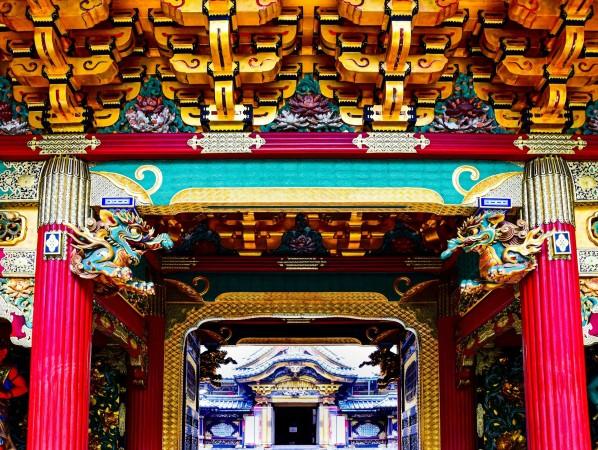
Toshogu Shrine - © AXP Photography
Must-Try Dishes in Nikko
Nikko’s cuisine is a wonderful reflection of the region’s natural bounty and traditional culinary techniques. Visitors can indulge in a variety of local delicacies that highlight fresh ingredients and centuries-old recipes.
- Yuba: A standout delicacy, yuba is a local specialty made from the thin layer that forms on top of boiled soy milk. Known for its light, delicate flavor and soft texture, yuba is served in various ways, from fresh in salads to dried and used in soups. It is also associated with the region’s long-standing Buddhist vegetarian cuisine.
- Nikko Soba: Nikko Soba is prepared with locally farmed high-quality buckwheat, which boasts a rich, earthy flavor. This dish can be enjoyed cold with a dipping sauce (zaru soba) or served in a hot broth, either way, it is a true delicacy you should not miss.
- Nikko Yuba Donburi: A creative twist on the region’s famous yuba, yuba donburi is a comforting rice bowl topped with simmered yuba, vegetables, and a savory sauce. This dish combines the health benefits of soy with the heartiness of rice, making it a satisfying option for both vegetarians and non-vegetarians alike.
- Shikaniku: With its mountainous surroundings, Nikko is also known for its wildlife, particularly shikaniku (venison). Local restaurants serve venison in a variety of preparations, from grilled to stewed in a hot pot. The meat is lean, flavorful, and often paired with seasonal vegetables, offering a taste of Nikko’s rustic side.
- Sansai Tempura: Nikko’s proximity to lush forests means the region offers an abundance of sansai (mountain vegetables). These wild, foraged greens are often prepared as tempura, lightly battered and fried to a crisp. It’s a seasonal dish that highlights the freshness and natural flavors of the area’s plant life, and it pairs beautifully with soba or rice.
Explore the unique charm of Imabari, another must-visit place in Japan, in our article here.
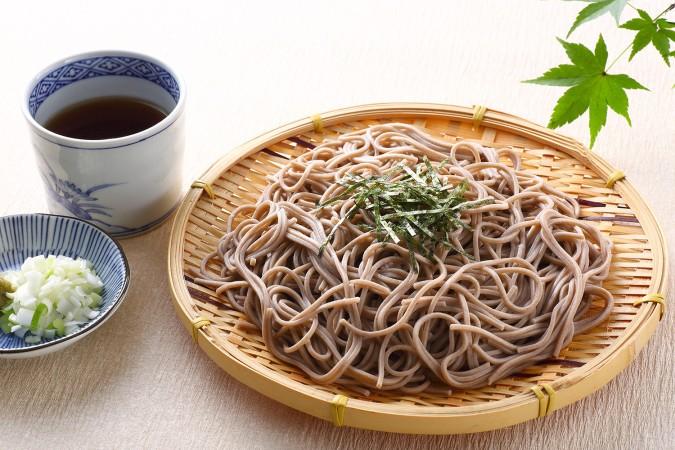
Nikko Soba - © Nikko Tourism
Festivals & Local Celebrations
Nikko is a city that celebrates its rich heritage through vibrant festivals and local events, offering travelers a glimpse into the region’s customs and lively traditions. These festivals often center around its historical temples and shrines, showcasing traditional performances, rituals, and the seasonal beauty of the area.
Shunki Reitaisai (Toshogu Shrine Spring Festival)
The Shunki Reitaisai, held in May, is Toshogu Shrine's main spring celebration. This festival includes a magnificent procession known as the Hyakumono-Zoroe Sennin Musha Gyoretsu, where over 1,000 participants, dressed as Edo-period warriors, march through the streets. The colorful parade and religious ceremonies honor Tokugawa Ieyasu and are a significant part of Nikko's cultural calendar.
Yunishigawa Onsen Kamakura Festival
From late January to early March, the Yunishigawa Onsen Kamakura Festival transforms the hot spring town into a winter wonderland, with snow huts (kamakura) and illuminated igloos creating a magical atmosphere. Visitors can enjoy traditional activities, warm up in the hot springs, and even dine inside these snow huts.
Nikko Autumn Leaves Festival
Autumn in Nikko is a spectacular time, and the Nikko Autumn Leaves Festival, held in October, commemorates the region's stunning fall foliage. The festival features kagura (sacred Shinto dance performances), food stalls, and outdoor tea ceremonies, set against the backdrop of vibrant red and golden leaves.
Takigi Noh (Torch-Lit Noh Performance)
For those interested in traditional Japanese theater, the Takigi Noh performance in August is a unique event held at Toshogu Shrine. This outdoor, torch-lit performance of the ancient Noh drama takes place after sunset, offering a mystical experience steeped in history and culture.
Are you interested in Kobe? Discover more about this unique destination with our article here.
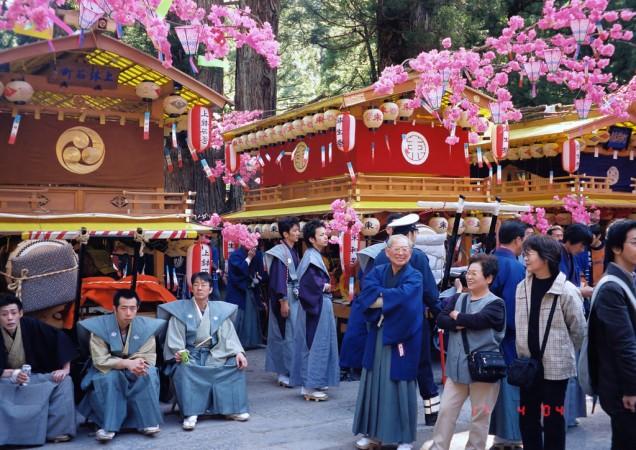
Shunki Reitaisai (Toshogu Shrine Spring Festival) - © Flickr (@Pet_r)
What to Do in Nikko
- Hiking in Nikko National Park: For nature lovers, Nikko National Park provides an extensive network of trails that lead through lush forests, around serene lakes, and up mountain peaks. Trails like the Senjogahara Marshland route offer stunning views of the surrounding mountains, while more challenging hikes, such as the ascent to Mount Nantai, reward adventurers with panoramic vistas.
- Boating on Lake Chuzenji: Lake Chuzenji, located at the foot of Mount Nantai, is ideal for boating or simply enjoying the scenery. Rent a paddle boat or take a leisurely sightseeing cruise to enjoy the peaceful waters and surrounding landscapes.
- Onsen Relaxation: After a day of exploring, unwind in one of Nikko’s famous onsen (hot springs). Yumoto Onsen and Kinugawa Onsen are popular spots where visitors can soak in therapeutic, mineral-rich waters while surrounded by the beauty of the mountains and forests.
Shopping in Nikko
- Omotesando Street: Located near Toshogu Shrine, Omotesando Street is lined with shops selling everything from religious artifacts to handcrafted goods. Here, you’ll find yuba products, lacquerware, and traditional souvenirs like daruma dolls.
- Nikko Lacquerware: Nikko is famous for its lacquerware, a traditional Japanese craft that has been practiced here for centuries. These high-quality lacquered goods, including trays, bowls, and chopsticks, are often decorated with intricate designs and make for a memorable and beautiful souvenir.
- Yuba Souvenirs: Yuba, a local delicacy made from soy, is not only a must-try dish but also a popular souvenir. Many stores in Nikko sell packaged yuba in various forms, including fresh, dried, and seasoned varieties, allowing visitors to take the flavors of Nikko home with them.
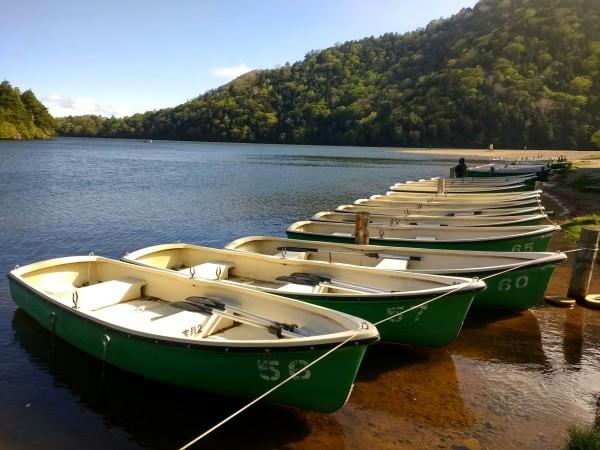
Boating on Lake Chuzenji - © Marco Montero Pisani
Weather in Nikko: Best Time to Visit
Nikko’s unique location in the mountains of Tochigi Prefecture means it experiences a diverse range of weather conditions throughout the year, offering visitors a chance to enjoy the region’s beauty in every season.
Spring in Nikko
Spring in Nikko is a time of renewal, with blooming cherry blossoms and mild weather. Temperatures typically range from 10°C to 20°C (50°F to 68°F), making it an ideal time for sightseeing and outdoor activities. The cherry blossom season in late April to early May draws visitors to Nikko’s temples and parks, where pink petals create stunning backdrops for the region’s historical landmarks.
Summer in Nikko
Nikko’s summer is pleasantly cool compared to Japan’s urban areas, thanks to its higher elevation. With temperatures ranging from 20°C to 30°C (68°F to 86°F), it’s perfect for hiking, boating, and exploring the lush Nikko National Park. However, June and early July see the rainy season (tsuyu), so packing an umbrella is essential.
Autumn in Nikko
Autumn is one of the most popular times to visit Nikko due to its stunning fall foliage. From late September to November, the area bursts into vibrant shades of red, orange, and yellow, particularly around Lake Chuzenji and Kegon Falls. Temperatures drop to a comfortable range of 10°C to 20°C (50°F to 68°F), making it perfect for outdoor sightseeing. This season also marks the start of various autumn festivals.
Winter in Nikko
Winter transforms Nikko into a snow-covered wonderland, with temperatures often falling below freezing. The region’s temples and shrines take on a serene, mystical atmosphere under a blanket of snow. Winter sports enthusiasts will enjoy skiing and snowshoeing in the surrounding mountains, while others can relax in the warm waters of the area’s onsen (hot springs). The Yunishigawa Onsen Kamakura Festival, featuring illuminated igloos, is a winter highlight.
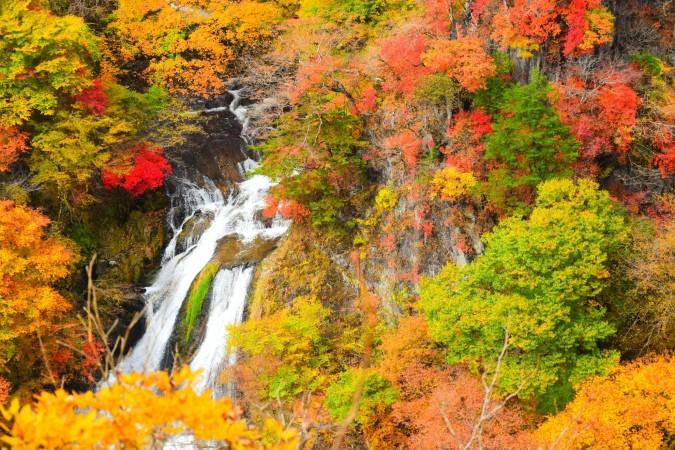
Witness the beauty of Autumn in Nikko at Nikko Kirifuri waterfalls - © Pratik Bisht
Essential Travel Information
Getting Around Nikko
- Local Buses: Buses run frequently between the central area and popular destinations like temples, shrines, lakes, and waterfalls. For those planning to visit multiple attractions in one day, a day pass is available, providing unlimited rides on local buses for added convenience.
- Taxis: While taxis are more expensive than other forms of transportation, they offer a flexible and comfortable way to get to destinations that might be harder to reach by bus, especially for short trips or if you’re traveling with luggage.
- Rental Cars: Renting a car is an excellent option for travelers who want more flexibility to explore at their own pace, particularly for reaching more remote locations like mountain trails or onsen resorts. Driving in Nikko is straightforward, with well-maintained roads and clear signage, though be prepared for winding routes in the mountains.
- Bicycles: For a more eco-friendly and leisurely option, bicycles are available for rent in many parts of Nikko. Biking allows visitors to take in the beautiful landscapes at their own pace, and it's a great way to explore areas around lakes and parks.
ATM & Banking Services
ATMs in Nikko are available in central areas such as near the train stations and in convenience stores. However, in rural areas and smaller shops, it's important to note that cash is often preferred, so carrying enough local currency is advisable. While larger hotels and tourist spots usually accept credit cards, smaller restaurants and traditional accommodations may not. Currency exchange services are limited, so it’s best to exchange money in larger cities before arriving in Nikko to avoid any inconvenience.
Where to Stay in Nikko
- Ryokan (Japanese Inns): For an authentic Japanese experience, staying at a ryokan is a must. These inns typically feature tatami-mat rooms, futon bedding, and often include access to onsen (hot springs). Many ryokan offer kaiseki meals, a multi-course dining experience that highlights local and seasonal ingredients.
- Hotels: Nikko has several modern hotels that cater to international visitors, offering a mix of Western-style comforts and convenient amenities. Many hotels are located near transportation hubs, making them ideal for those looking for easy access to major attractions.
- Farm Stays: For a different experience, consider a farm stay in the nearby countryside. These stays offer the chance to experience rural Japanese life, with activities such as farming and preparing home-cooked meals made with fresh, local ingredients.
Articles for you

Experience Aboard The RV Indochine II - A Mekong Cruise With Tweet World Travel
The RV Indochine II is a luxury river cruise ship, offering an unforgettable journey through many attractions along the Mekong River. Built in 2017, this upscale vessel combines colonial elegance with modern conveniences to create a comfortable yet stylish environment for its crew and passengers. The ship’s intimate size makes it ideal for those seeking a more personal cruising experience while exploring Vietnam and Cambodia rich culture, scenery, and heritage. Whether you're gazing at the landscape from your private balcony or enjoying authentic local cuisine, RV Indochine II promises an exotic adventure like no other.

Witness Stilt Fishing In Sri Lanka: An Eco-Tourism Experience
Sri Lanka, renowned for its stunning beaches and rich cultural heritage, harbors a unique tradition that has captivated travelers for centuries: stilt fishing. This ancient practice, passed down through generations of coastal communities, blends artistry with necessity, offering a glimpse into a way of life intimately connected to the island's coastal rhythms. Stilt fishing in Sri Lanka isn't merely a means to catch fish; it's a cultural emblem, embodying the resilience and ingenuity of Sri Lanka's fishing communities.

Make Your Trip Stress-Free With The Tweet Trip App
Embark on your next adventure with confidence by downloading the Tweet Trip App, available for both iOS and Android. This essential travel companion allows you to view your detailed itinerary, stay connected with your tour guide and fellow travelers, receive real-time updates, and provide feedback effortlessly. With features like in-app messaging, emergency assistance, and location sharing, the Tweet Trip App ensures you travel smarter, stay connected, and enjoy a seamless, worry-free journey. Get started today and make the most of your travel experience with Tweet World Travel.

Pedal Through Paradise: Unveiling Cambodia's Hidden Gems on Two Wheels
The gentle whir of bicycle wheels mingles with the distant chants of monks as you glide past emerald rice paddies stretching to the horizon. This is Cambodia - a sensory explosion waiting to be experienced on two wheels. At Tweet Tours, we believe there's no better way to immerse yourself in the Kingdom of Wonder than by bicycle.
Cambodia isn't just a destination; it's a living, breathing tapestry of ancient wonders, natural beauty, and vibrant culture. Our carefully crafted cycling tours take you beyond the typical tourist haunts, offering a unique perspective on this captivating country. Ready to clip in and discover the magic of Cambodia? Let's ride!

Trekking in the Himalayas: A Journey Through Nepal's Majestic Peaks
The Himalayas rise from the earth like colossal guardians, their snow-capped peaks piercing the sky in a display of nature's raw power and beauty. Nepal, nestled at the heart of this mountain range, serves as the gateway to some of the most breathtaking trekking experiences on the planet. Here, the air is crisp and thin, filled with the promise of adventure and the whispers of ancient tales.
With Tweet Tours, as you set foot on these hallowed trails, you're not just a traveler - you're a modern-day explorer, following in the footsteps of legendary mountaineers and age-old traders. Each step takes you further into a world where nature reigns supreme and human resilience is tested against the backdrop of some of the world's highest peaks.
From the moment your boots touch the ground in Kathmandu, you'll feel the pull of the mountains. The bustling streets of the capital, with their sensory overload of sights, sounds, and smells, soon give way to serene mountain paths where the only soundtrack is the crunch of gravel underfoot and the distant tinkling of yak bells.

Exploring Mui Ne's Wonders: Unique Attractions & Local Dishes
Nestled along the southeastern coast of Vietnam, Mui Ne emerges as a captivating gem, blending natural wonders with cultural richness. Renowned for its stunning landscapes and unique attractions, Mui Ne beckons travelers seeking both relaxation and adventure in equal measure. Mui Ne's renowned beach dunes, bustling fishing towns, and excellent local food await exploration at every turn.
The allure of Mui Ne lies not only in its pristine beaches and crystal-clear waters but also in its diverse range of activities catering to every traveler's whims. Whether you're drawn to thrilling water sports like kitesurfing and windsurfing on its dynamic shores or seeking tranquility amidst the picturesque Fairy Stream, Mui Ne promises an unforgettable journey filled with discovery.
